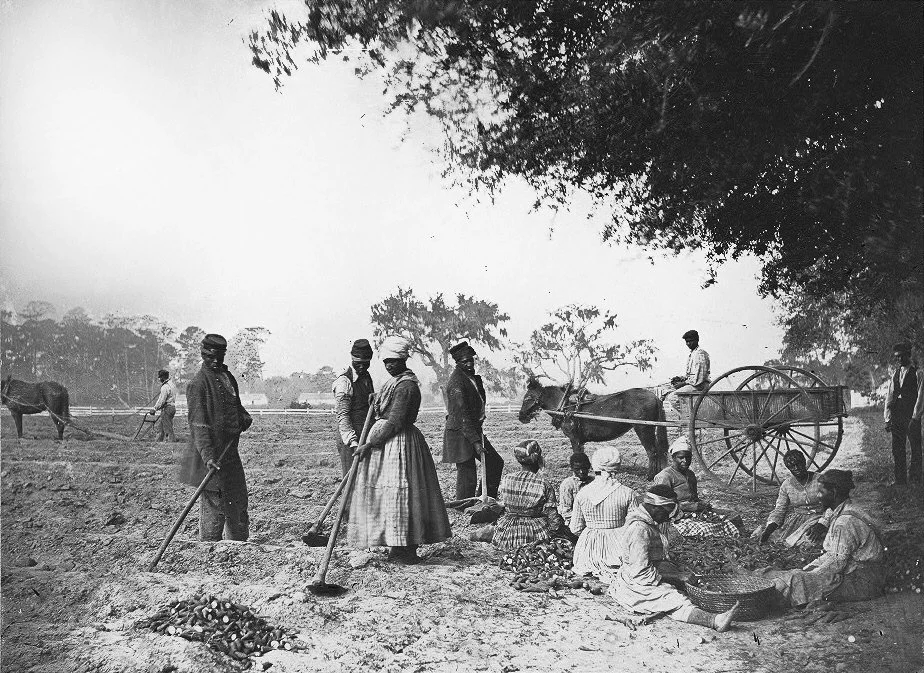
Exploring the lost history of manumission in the Commonwealth of Virginia.
The Manumission Project seeks to locate, collect, preserve, publish, catalog, and interpret the history of both the enslavers who voluntarily freed people and the individuals who gained freedom through manumission in Virginia. Our goal is to uncover and share these powerful stories, bringing attention to this often-overlooked chapter of Black history. As the project evolves, we aim to further explore the lives of those who were manumitted, preserving their stories and honoring their legacies for the education of present and future generations.
The Manumission Project is currently housed through Avoca Museum.
LEARN MORE
ABOUT THE PROJECT
In 1782, just a few short months after the British forces surrender at the Battle of Yorktown, the newly independent Virginia legislature passed a law allowing for the private manumission of slaves by slaveowners. This launched a unique portion of Virginia’s history. The study of manumission in Virginia shows an amazing amount of historical nuance that is often overlooked. The period when manumission was legal in Virginia falls into a gap between much more familiar events in American history, overshadowed by the American Revolution and the Civil War. While slavery, abolition and Emancipation are well documented, and widely discussed, the study of manumission offers a glimpse into a divergent path, of southern slave owners in a slave society and economy who found intrinsic motivation to voluntarily free their slaves. This obscure epoch of Virginia’s history is well detailed in court documents that paint a picture of tragedy, triumph and everything in between.
WHY DOES IT
MATTER?
WHAT IS
MANUMISSION?
In 1782 an act of the Virginia General Assembly enabled the voluntary manumission (freeing) of thousands of slaves in the 80 or so years prior to the Emancipation Proclamation. The motivation of each slave holder to free their slaves varied from individual to individual and many of the "freedom documents" give some indication as to their thoughts, beliefs and intentions. Though it is an unfortunate historical reality that slaves were treated as chattel property, this led to a documentation process in the court system that preserved these documents for future study.
The word “manumit” means “to release (a person) from slavery, bondage, or servitude; to set free,” and “manumission” refers to the action of manumitting. The more commonly known term "emancipation" refers to the process of freeing slaves through government action whereas manumission takes place when masters free their slaves voluntarily. In the Colonial and pre-Civil War period the two terms were sometimes used interchangeably, even within the same document.

TRUE STORY
John Lynch’s court record of manumitting 16 slaves in 1782 incorporates references to natural rights philosophy and the Golden Rule…“I John Lynch of Campbell County being fully persuaded that freedom is the natural right of all mankind and that it is my duty to do unto others as I would be done by in the like Situation... I do hereby [e]mancipate and set free the above named Slaves…”
— John Lynch, Read More
ACADEMIC
CONTRIBUTIONS




